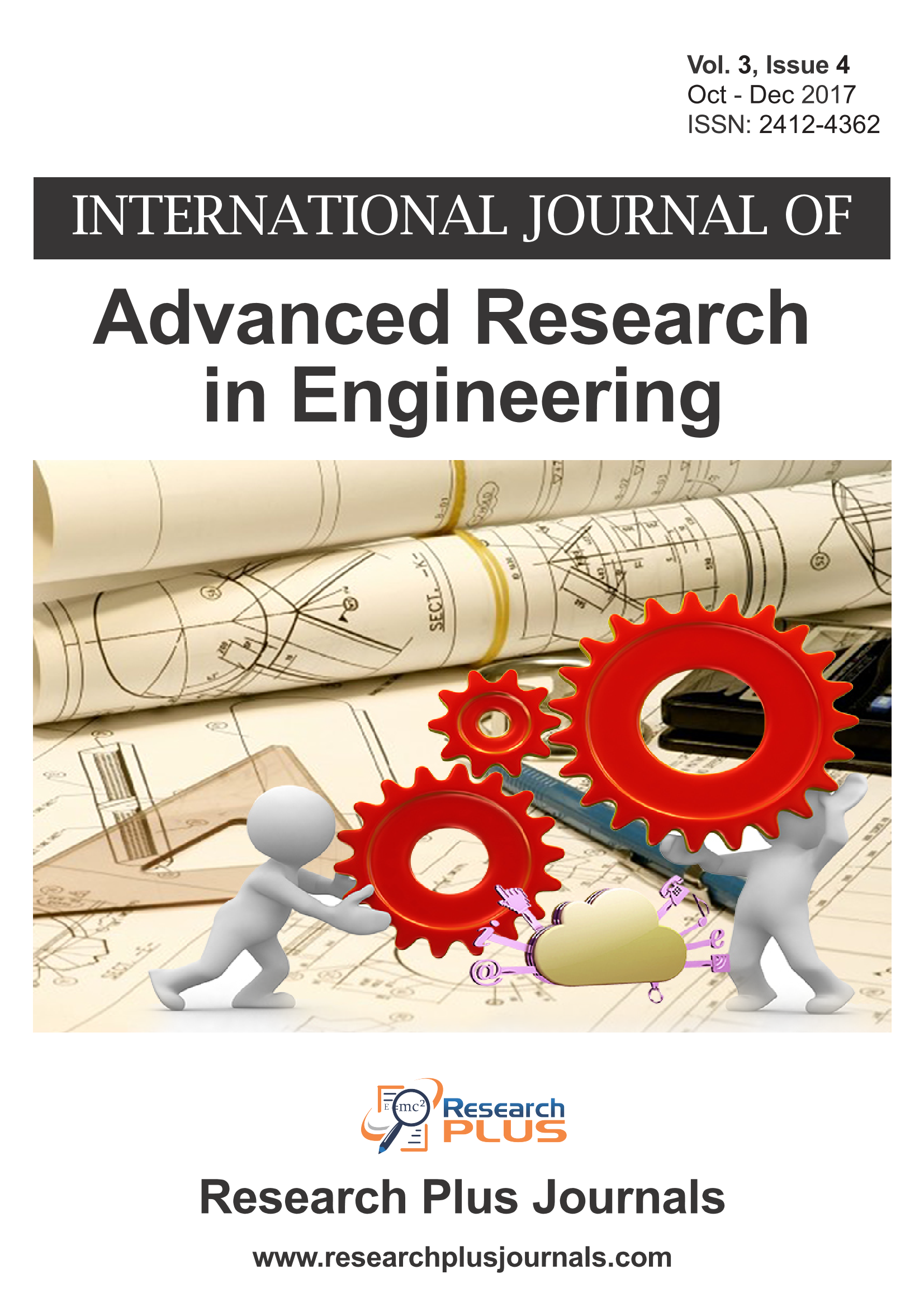Reliable Low Voltage Circuit Design Techniques
Abstract
In this paper, non-conventional circuit design techniques has been reviewed. The techniques discussed are widely used for realizing low voltage low power analog circuits. The discussed techniques in this paper are: Bulk Driven, Floating and Quasi-floating Gate followed by operating of Bulk Driven MOSFET in Floating and Quasi-floating Gate mode. In all the approach, the threshold voltage restriction is removed or reduced from the input signal path thereby reducing the power consumption. However, the adverse effect lies is terms of reduced performance parameters of MOSFET compared to conventional gate driven MOSFET parameters as shown in this paper through simulation results. The comparative analysis of MOSFET parameters results in encouragement of two approaches: Quasi-floating Gate and Bulk Driven Quasi-floating Gate MOSFET. Each of these approaches has its advantage in specific domains. Further in this paper, an Operational Transconductance Amplifier is proposed which use the Bulk Driven Quasi-floating Gate MOSFET technique and the same is amplifier under similar conditions is also realized using Bulk Driven MOSFET so as to highlight the advantage of Bulk Driven Quasi-floating Gate MOSFET over Bulk Driven MOSFET. All the performances metrics are achieved with the help of HSpice simulator using MOSFET models of 180nm technology provided by UMC.

This work is licensed under a Creative Commons Attribution-ShareAlike 4.0 International License.
Copyright & License
All Research Plus Journals (RPJ) publish open access articles under the terms of the Creative Commons Attribution (CC BY-SA 4.0) https://creativecommons.org/licenses/by-sa/4.0/ License which permits use, distribution and reproduction in any medium, provided the original work is properly cited & ShareAlike terms followed.
Copyright on any research article in a journal published by a RPJ is retained by the author(s). Authors grant RPJ a license to publish the article and identify itself as the original publisher. Upon author(s) by giving permission to RPJ either via RPJ journal portal or other channel to publish their research work in RPJ agrees to all the terms and conditions of https://creativecommons.org/licenses/by-sa/4.0/ License and terms & condition set by RPJ.
3rd party copyright
It is the responsibility of author(s) to secure all necessary copyright permissions for the use of 3rd-party materials in their manuscript.
Disclaimer
Research Plus Journals Open Access articles posted to repositories or websites are without warranty from RPJ of any kind, either express or implied, including, but not limited to, warranties of merchantability, fitness for a particular purpose, or non-infringement. To the fullest extent permitted by law RPJ disclaims all liability for any loss or damage arising out of, or in connection, with the use of or inability to use the content.
















